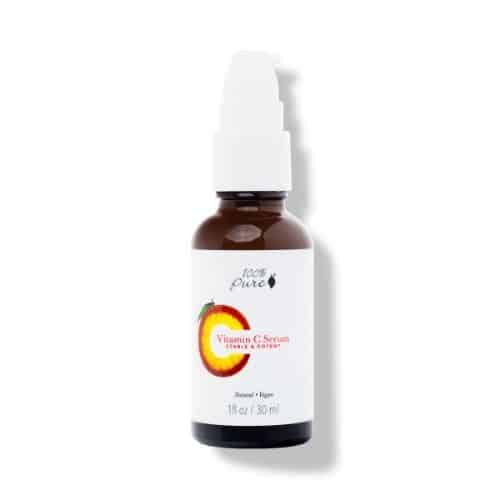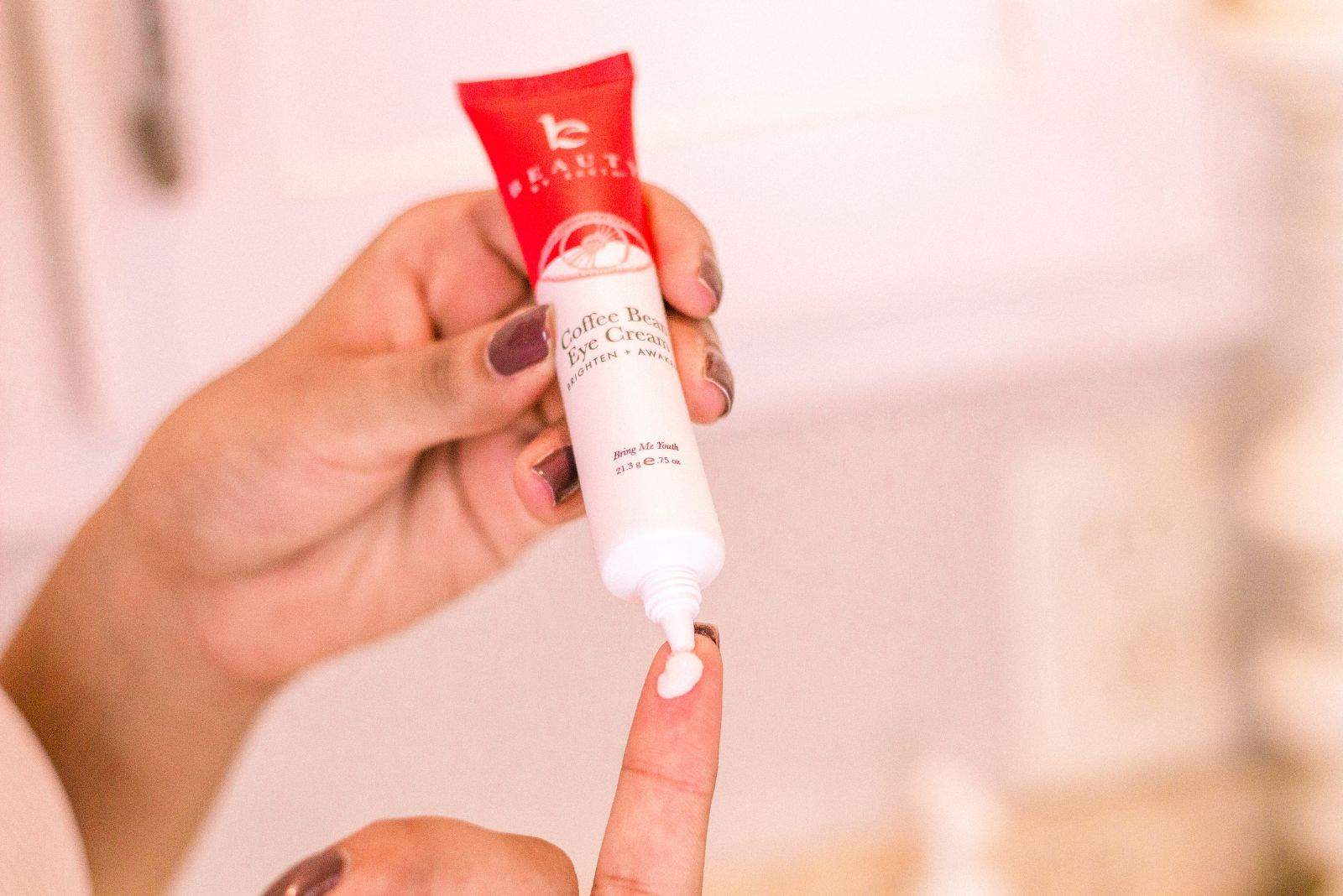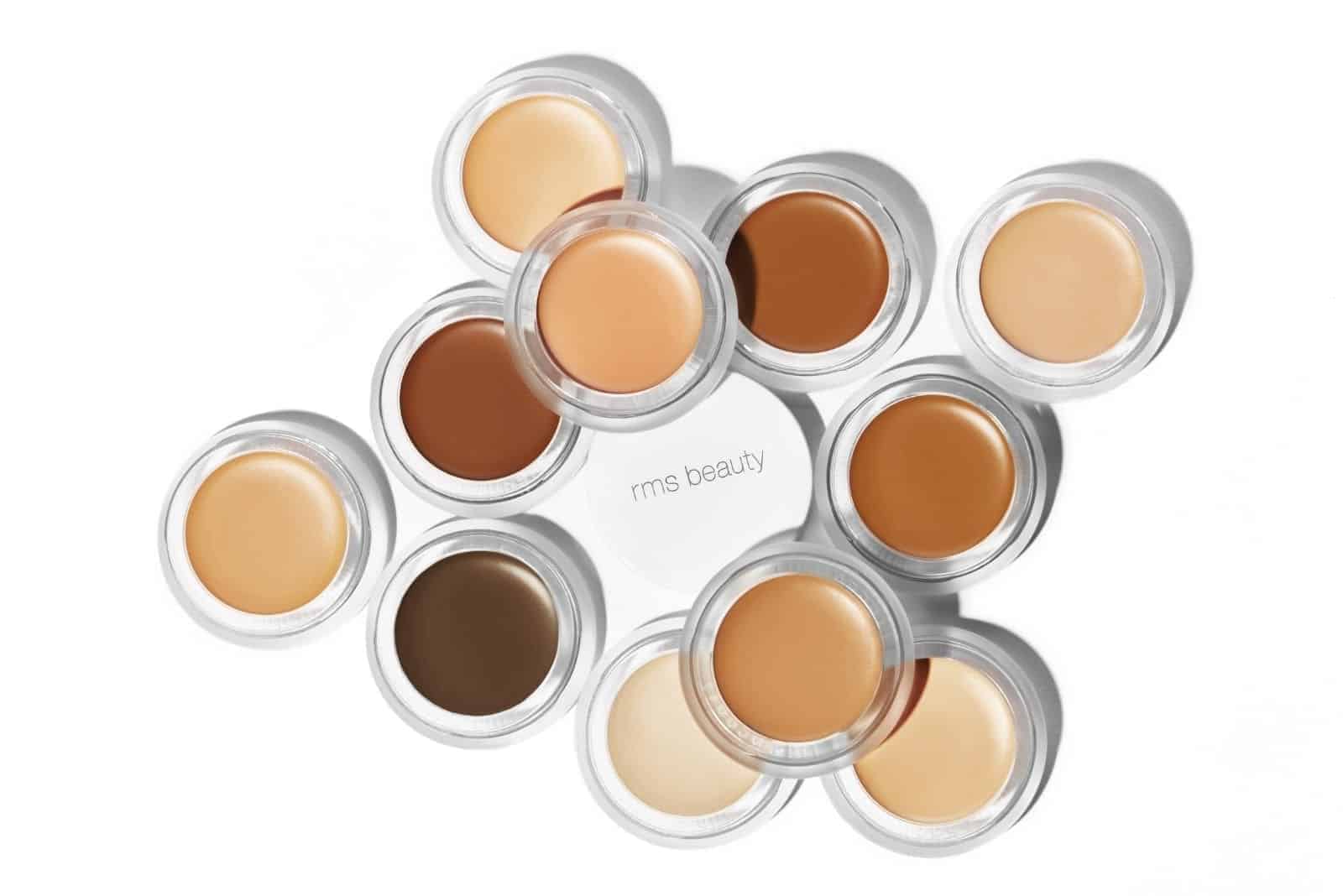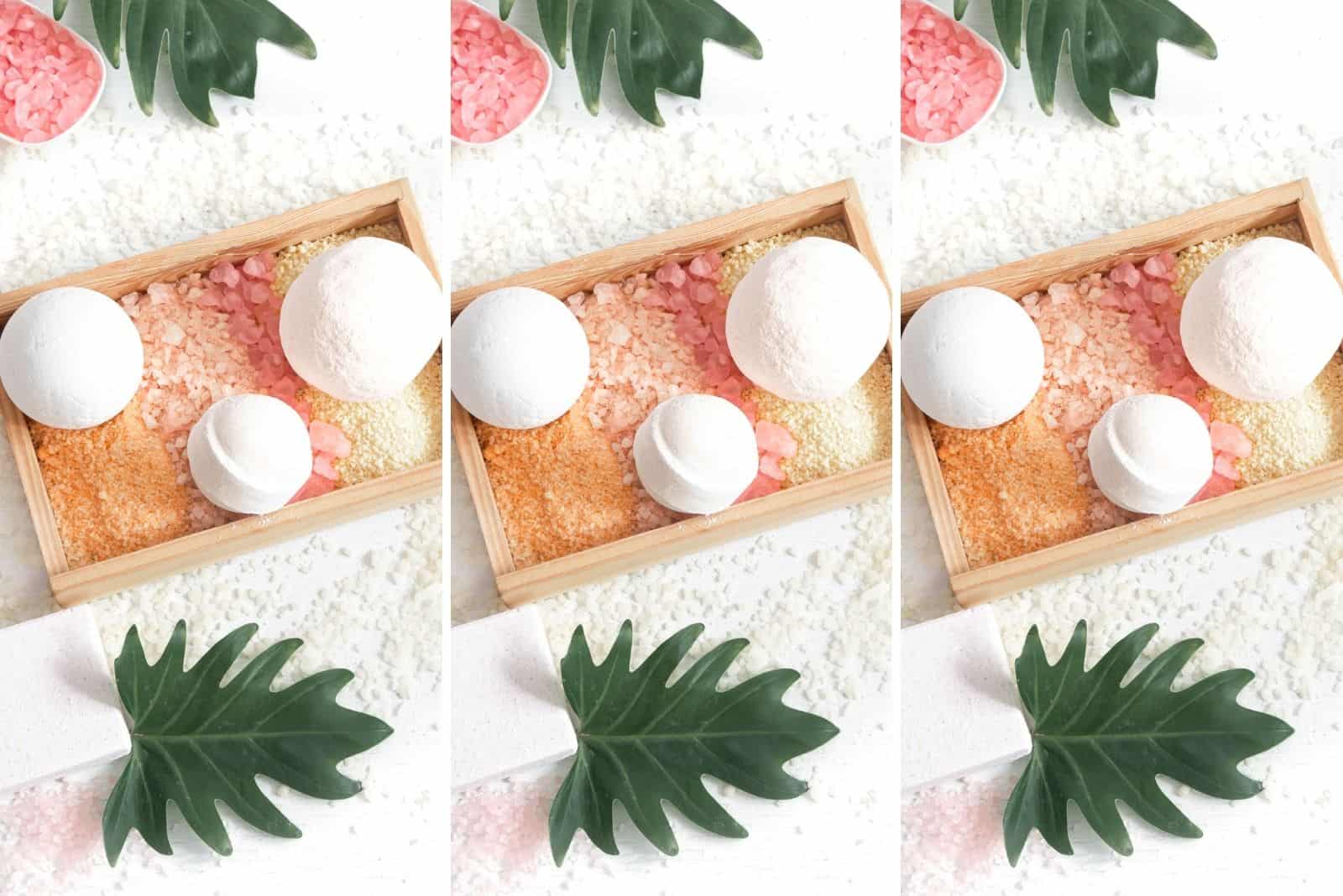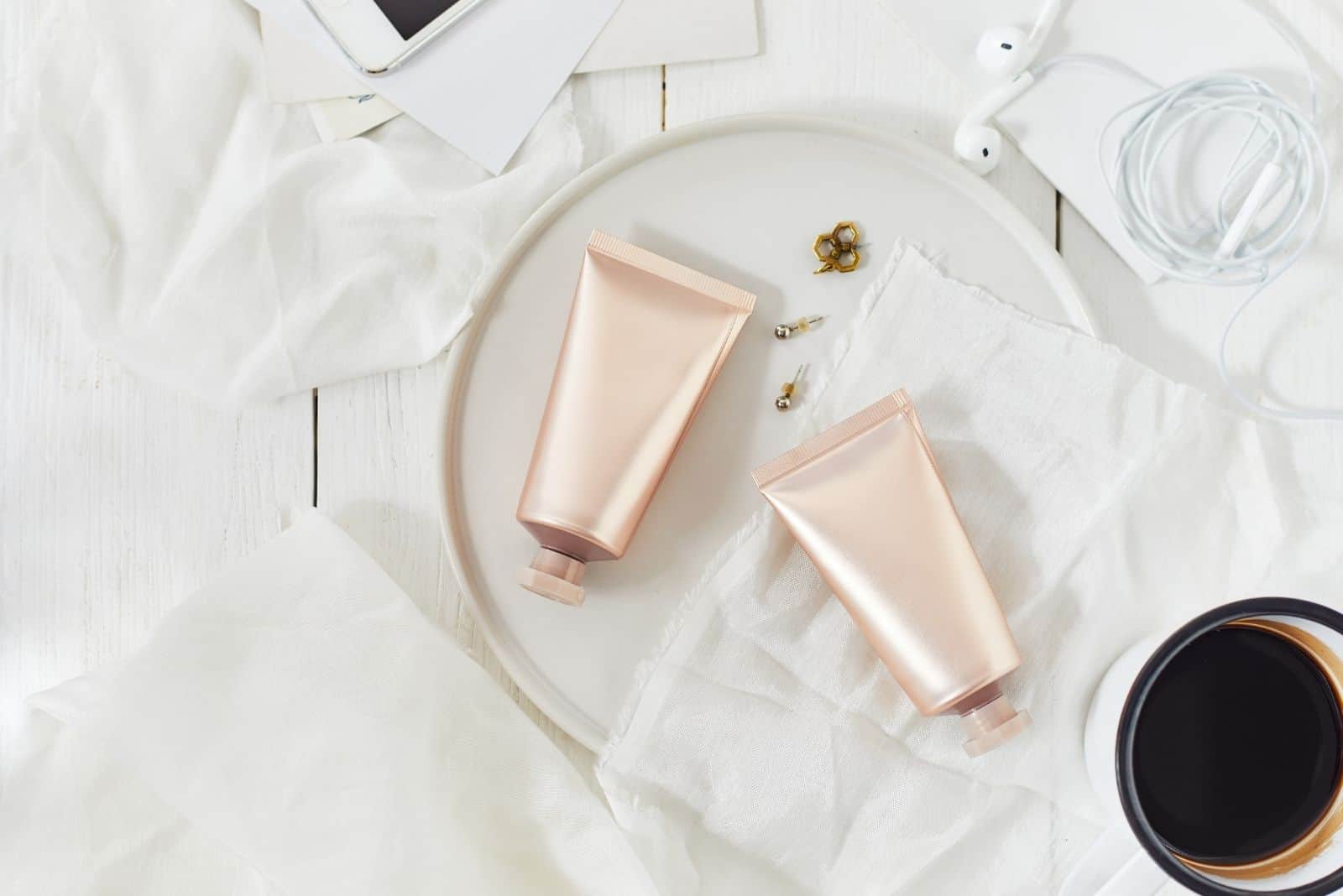Organic certifications can help you determine the ingredient standards of a brand. This post will cover common organic certifications to look for and what to be aware of.
If organic products are a non-negotiable part of your daily routine, this post will help you shop more efficiently.

Common Organic Certifications
The term “organic” is not regulated by the FDA. Cosmetics companies are free to use the term as they please. This can be confusing for shoppers looking for green, or sustainable cosmetics.
However, organic certifications are a valuable tool because the certification communicates a lot about ingredient standards.
For example, if you see buzzwords such as “flavor” or “fragrance” listed on the back of a certified cruelty-free product, there are some occasions when a brand is using a USDA-certified organic food grade flavor.
Other brands use certified ingredients, but only a few ingredients in the product are certified and marked on the ingredient labels with asterisks. (This is common among pigmented products because pigments are not currently considered organic materials.)
USDA Organic
USDA Organic certifications require products to contain pure, organic ingredients. According to 100% Pure, a certified organic company that discusses the certification requirements, 95% of the product must be organic in order for the USDA Organic Seal to appear on the package.
EcoCert
According to EcoCert, the EcoCert COSMOS Organic Certification is presented to companies that have “at least 20% of organic ingredients are present in the total formula (10% for rinse-off products)” and if “95% minimum of the plants it contains are organic.”
COPA: California Organic Products Act
COPA, instated in 2017, is a strict requirement for organic products.
According to the FDA Law Blog, “Under COPA, cosmetics with organic claims must contain at least 70 percent organically produced ingredients. Unlike OFPA, which may be enforced only by USDA, COPA is enforceable by any person who may bring an action for injunctive relief.”
According to Juice Beauty, a brand in compliance with USDA and COPA requirements, products sold in California must meet COPA requirements and have at least 70% organic ingredients.
BDIH Certified
The BDIH Certified Natural Cosmetics Seal indicates that each ingredient has been assessed for product safety, organic quality, and how natural the ingredients are.
According to the International Organic and Natural Cosmetics Corporation, “the aim of the BDIH Standard is to define the term natural cosmetics in a factually correct and comprehensible way and to create transparency to benefit the consumer.” If you are looking for natural products, the BDIH certification seal is a good one to look for (more below).
CCPB
CCPB European Organic Certifiers Council is based in Italy and uses an Organic IT System to certify organic cosmetics, The CCPB, also known as the EEOC does not allow for animal testing.
All cosmetics products must undergo an inspection and meet the Organic Production Standards of the CCPB.
Other Considerations
An important consideration is that many organic brands cannot achieve a certification because the pigment used in makeup products is not organically grown.
According to RMS Beauty, a brand known for organic ingredients, “Color minerals used in color cosmetics can not be certified organic because they are not grown. Skin care lines without color can apply for USDA Certification.”
Brands that are completely organic besides the use of pigment label themselves as organic because their products contain natural ingredients.
You'll Also Love
Credits
Legal
© 2021-2023 Just Clean Style
JCS is a participant in the LTK and Amazon Services LLC Associates Program, an affiliate advertising program designed to provide a means for sites to earn advertising fees by advertising and linking to Amazon.com or Like to Know It Affiliate Programs.
You deserve the best in beauty and business.




